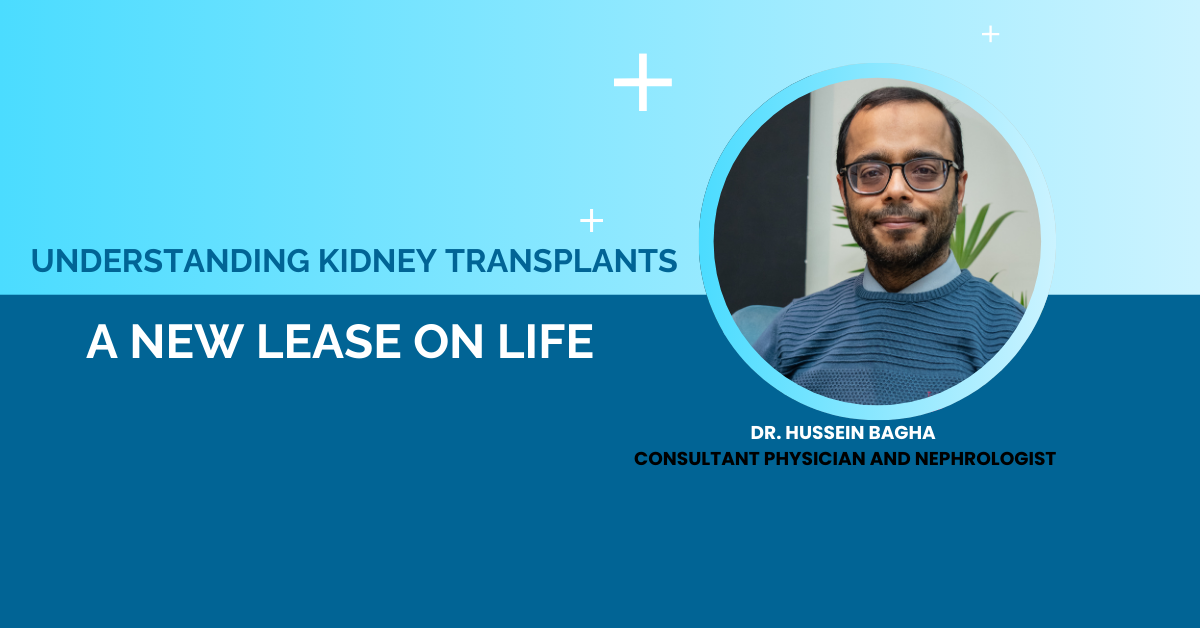
Cardiovascular diseases (CVDs)– disorders of the heart and blood vessels such as coronary heart disease, stroke, rheumatic heart disease and peripheral arterial disease – have become the leading cause of death in Kenya, contributing to 14% of total deaths and 25% of hospital admissions according to the World Heart Organization (WHO) report in 2019. Worryingly, many deaths occur in people under 70 years, with heart attacks now affecting even young, apparently healthy individuals. CVDs are projected to rise exponentially if current risk factors remain unaddressed.
Major Risk Factors
1.Hypertension – The Silent Killer
One in four Kenyans has high blood pressure, yet only half of those diagnosed receive treatment, with very poor control rates. Hypertension often shows no symptoms until it manifests as heart attack, stroke, kidney failure, or death. Regular blood pressure checks by healthcare workers are essential for early detection.
Key contributors include:
- High salt intake
- Excessive sugar and unhealthy fats
- Increased tobacco and alcohol use
- Reduced physical activity
- High stress levels
2.Diabetes Mellitus
Elevated blood sugar increases CVD risk two to three-fold. Many Kenyans have never had blood sugar testing, leaving diabetes undiagnosed. Warning signs include excessive thirst, frequent urination (especially at night), unintended weight loss, unusual fatigue, and recurrent infections.
3. Physical Inactivity
Most Kenyans don’t meet recommended physical activity levels (150 minutes moderate-intensity or 75 minutes vigorous-intensity weekly). Barriers include lack of awareness, inadequate facilities, cultural biases, and competing priorities.
Populations that are vulnerable include women and the youth.
Women
Despite traditional protection before menopause, women face unique risks from:
- Pregnancy-related hypertension
- Hormonal contraception
- Hormone replacement therapy
- Gender inequities in healthcare access
Youth
CVDs increasingly affect younger Kenyans due to:
- Tobacco and excessive alcohol use
- Sedentary lifestyles
- Rising obesity rates
- Poor dietary habits (high salt, sugar, and fat intake)
5.Healthcare Access Challenges
Many families lack adequate health insurance, leading to catastrophic out-of-pocket healthcare expenses. Existing insurance packages often fail to cover preventive care that could prevent CVDs upstream.
Prevention Strategies
Individual Level initiatives include
- Regular health screenings for blood pressure and blood sugar
- Healthy diet – reduce salt, sugar, and unhealthy fats
- Regular exercise – at least 150 minutes weekly
- Avoid tobacco and limit alcohol consumption
- Stress management
Population Level
The government, Kenya Cardiac Society, and healthcare institutions are implementing:
- Policy integration across all government sectors
- Awareness campaigns through media and community platforms
- Digital health technology for remote monitoring and care delivery
- Research initiatives to identify at-risk populations and effective treatments
The Economic Case for Prevention
Up to 80% of CVDs are preventable through evidence-based interventions. Prevention is cost-effective compared to treatment, as CVD care can overwhelm healthcare budgets and devastate family finances. Primary prevention offers the greatest impact with minimal investment.
Key Takeaway
As Benjamin Franklin said, “An ounce of prevention is worth a pound of cure”, Stopping the CVD tsunami requires urgent action at individual, community, and policy levels. Regular health checks, healthy lifestyle choices, and addressing systemic healthcare barriers are essential to protect Kenya’s population from this growing crisis.
Early detection, timely treatment, and sustained lifestyle changes can dramatically reduce CVD burden and save lives across all age groups.
Dr. Benard Samia
Consultant Physician and Cardiologist, MP Shah Hospital,
Champion of Preventive Cardiology,
Immediate past President of the Kenya Cardiac Society.











